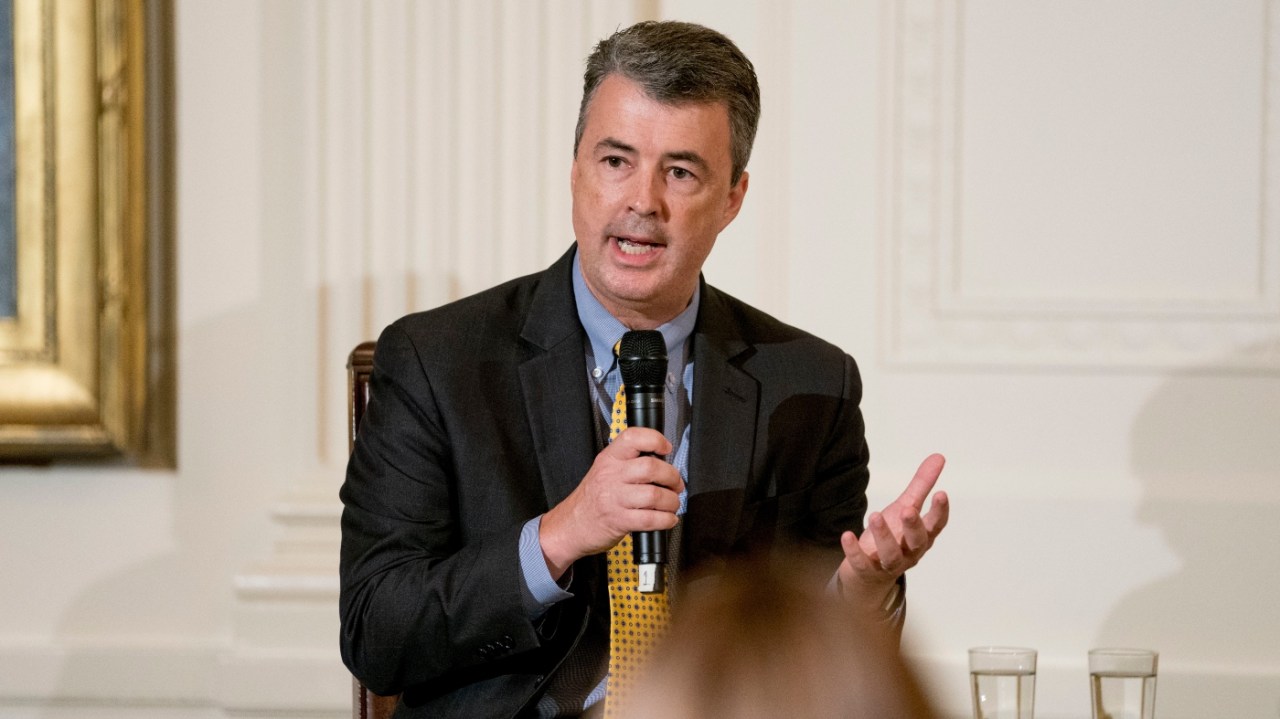Health Broker Forecasts Drug Price Relief for Wisconsinites

- Medicare will start negotiating lower prescription drug prices this year. The first 10 drugs to be made affordable are those used to treat blood clots, heart conditions, diabetes, kidney disease, arthritis and blood cancer. These drugs cost Americans $3.4 billion out-of-pocket in 2022, according to the Biden Administration.
- The Inflation Reduction Act, signed into law last year, allows Medicare to negotiate prices for up to 60 drugs covered under Medicare Part D and Part B over the next four years, and up to an additional 20 drugs every year after that. The biggest impact will be seen in 2025 when there is a $2,000 cap on out-of-pocket prescription drug pricing.
- Due to the ending of COVID-19 as a national emergency, Medicaid continuous enrollment ended earlier this year. Those whose income has changed significantly, either due to a new job or an increase in savings, are at risk of losing Medicaid coverage. Over 240,000 Wisconsinites left Medicaid as of Nov. 8. Options for those losing Medicaid coverage include the Affordable Care Act or healthcare.gov marketplace for people under the age of 65 or not eligible for Medicare, and switching plans for those eligible for Medicare.
Medicare Set to Negotiate Lower Prescription Drug Prices
Medicare is poised to begin negotiating lower prescription drug prices this year, however, Wisconsin insurance broker, Sadie Tuescher, cautions that it may take a few years for consumers to see a price reduction. A significant change will be the negotiation of prices for the first 10 drugs aiming to make them more affordable. They cover a range of conditions including blood clots, heart disease, diabetes, kidney disease, arthritis, and blood cancer.
The Inflation Reduction Act, announted last year, empowers Medicare to negotiate prices for up to 60 drugs covered under Medicare Part D and Part B over the next four years, with an additional 20 drugs every year thereafter. Speaking on WPR’s “The Morning Show“, Tuescher delved into the expected changes to prescription drug prices under Medicare and Medicaid.
Expected Benefits from Price Reduction
Tuescher emphasized the potential long-term savings, especially for essential, life-saving prescriptions that don’t have generic alternatives. She also highlighted that the majority of beneficiaries will witness the greatest impact in 2025 when a $2,000 cap on out-of-pocket prescription drug pricing will be implemented. Although slight changes may be seen in 2024, the most substantial changes are predicted for 2025 and beyond.
Impact of Medicaid Continuous Enrollment Ending
With the federal government no longer considering COVID-19 a national emergency, Medicaid’s continuous enrollment ended earlier this year. Anyone with significantly changed income levels or an increase in savings could risk losing their Medicaid coverage. According to an analysis by KFF, over 240,000 Wisconsinites have already left Medicaid as of November 8.
Alternate Health Care Options
For those under 65 or ineligible for Medicare, the Affordable Care Act or healthcare.gov marketplace are available options. For those eligible for Medicare, a plan switch may be necessary. Tuescher stressed the importance of getting professional help, either through a broker, the Medigap program, or local county’s aging and disability resource center.
—
Read More Health & Wellness News ; US News


Leave a Comment